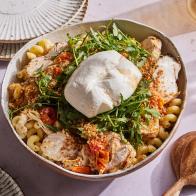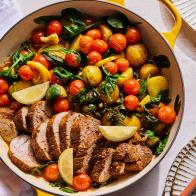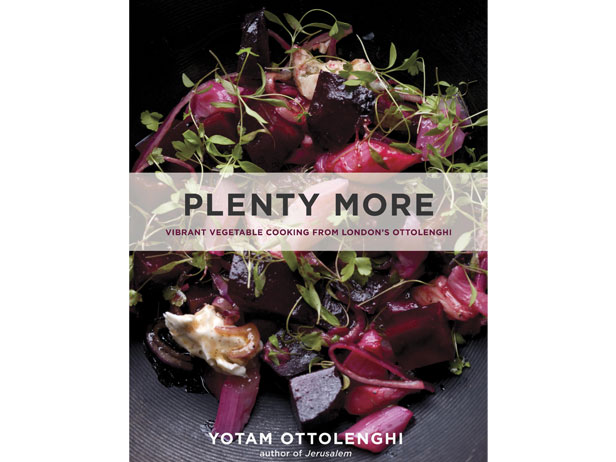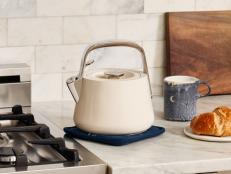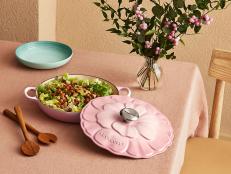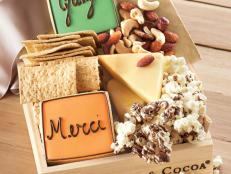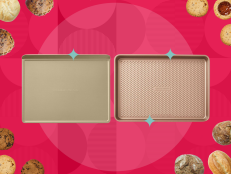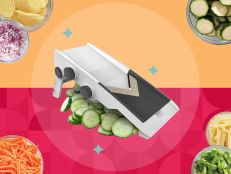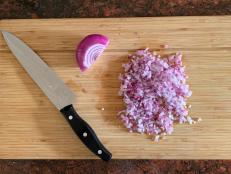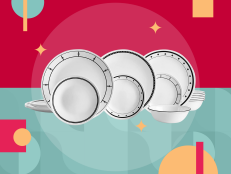My Paris Kitchen — Off the Shelf
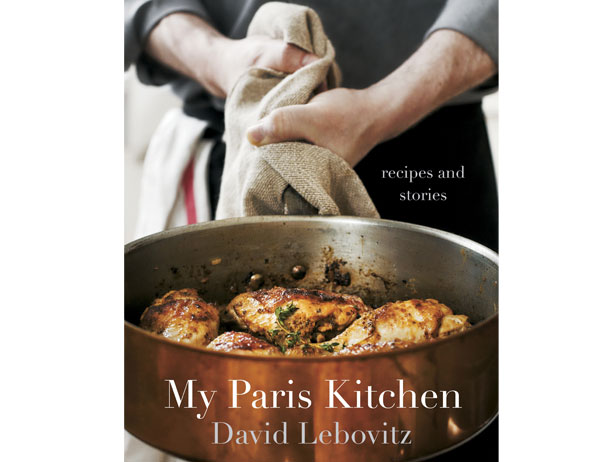
The delightful thing about David Lebovitz's writing is his ability to make even the most-intimidating foreign cuisine seem approachable and familiar. French cuisine can be overwhelming, especially for home cooks. It's renowned for its heritage of precision, its delicate balance of flavors and its unwavering high standards for taste and presentation. That's great for a major holiday dinner, but who has time for fussy food in the middle of the week?
My Paris Kitchen took me by surprise with how unpretentious and inviting its recipes are. Crack open the book to any page and it's not hard to imagine David taking you calmly by the elbow and strolling you down a Parisian street and into his favorite cheese shop, where you discover how fascinating (and delicious!) seasonal cheeses can be. His style of writing is relaxed, conversational and friendly. You're just hanging out with a friend, chatting about adding ice to wine, the virtues of a good mortar and pestle, and the miracle that is a perfectly ripe cherry tomato.
The other little something special that sets My Paris Kitchen apart is the fact that some recipes are basic and other recipes will gently guide you outside your culinary comfort zone. David's inviting writing is almost misleading, in that you'll be halfway through a recipe you once thought to be way beyond your skill level before you realize how simple French cooking can be if you have the right teacher. And that's the mark of an exceptional cookbook: It doesn't just give you better recipes; it helps you become a better cook.
My advice for My Paris Kitchen is to flip through all the dishes, but start simple. The Chicken Lady Chicken recipe (below) is a good place to begin. Heads up: It calls for 1-2 days of marinating, but it's not that much work to quickly toss it in a marinade on Sunday once the groceries are unpacked (steps 1-3) and then forget about it until you need a fast dinner on Tuesday or Wednesday night (picking up at step 4). Bon appetit!

Random House, Random House
Put the minced garlic and salt in a resealable plastic bag and crush it with the heel of your hand until it's a paste. Add the olive oil, lemon juice, white wine, soy sauce, harissa, mustard and honey to the bag, combining the ingredients well.
Remove the backbone of the chicken by snipping down both sides of the spine with poultry shears, or taking a chef's knife and cutting along both sides of it, and pulling it off. With the breast side down on the cutting board, take a knife and crack the bone between the breasts, then push the chicken down with your hands so it spreads out and lies flat. Flip the chicken over so it's skin side up and press down with the heels of your hands on the chicken very firmly — like you're giving it a shiatsu massage — to flatten it as much as you possibly can. Don't go easy on it.
Loosen the skin from the breast and thigh meat and spoon some of the marinade under the skin. Put the chicken in the bag, close it securely, and use your hands to rub the ingredients into the chicken. Refrigerate it for 1 to 2 days, flipping the bag over a few times as it marinates.
To cook the chicken, preheat the oven to 400 degrees F. Heat a cast-iron skillet or grill pan over medium-high heat on the stovetop and place the chicken in it, breast side down. Drape a sheet of heavy-duty aluminum foil over the top and set a heavy weight on top of it. A good option is a brick or a large saucepan filled with water. (I used a leftover weight from the boot camp I quit.)
Cook the chicken until the skin is a deep golden brown, which usually takes about 10 minutes or so — check it often. Once it's browned, flip the chicken over, replace the weight, and let it cook for about 5 more minutes.
Remove the weight and the foil and place the chicken in the oven for 25 minutes, until it's cooked through. To serve it French-style, cut the chicken into six pieces: two legs, two thighs, and cut each breast in half crosswise, leaving the wings attached.

